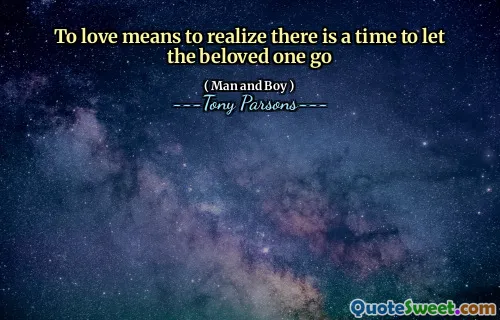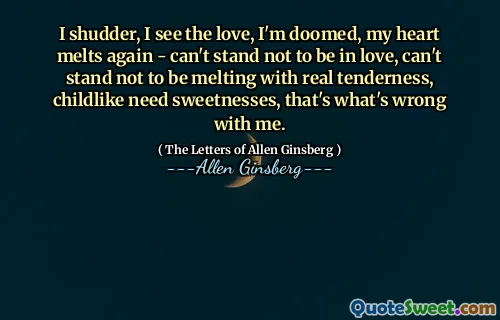He blinked at the sun and dreamt that perhaps he might snare it and spare it as it went down to its resting place amidst the distant hills.
In H.G. Wells' "The World Set Free," the protagonist is captivated by the beauty of the setting sun, reflecting a desire to capture something so transient and precious. The imagery evokes a sense of wonder and ambition, suggesting a yearning to hold onto moments that inevitably slip away as day turns to night. This dream of snaring the sun symbolizes our human tendency to cling to ephemeral experiences and our quest for control over the passage of time.
Additionally, the act of dreaming about the sun's capture hints at a deeper philosophical exploration of light and darkness, hope and despair. The distant hills represent the boundary between day and night, reflecting life's challenges and the inevitability of change. As the sun descends, it serves as a metaphor for aspirations, reminding us that while we may strive to seize our dreams, they often remain elusive and unattainable, inviting us to ponder our place within the larger narrative of existence.





